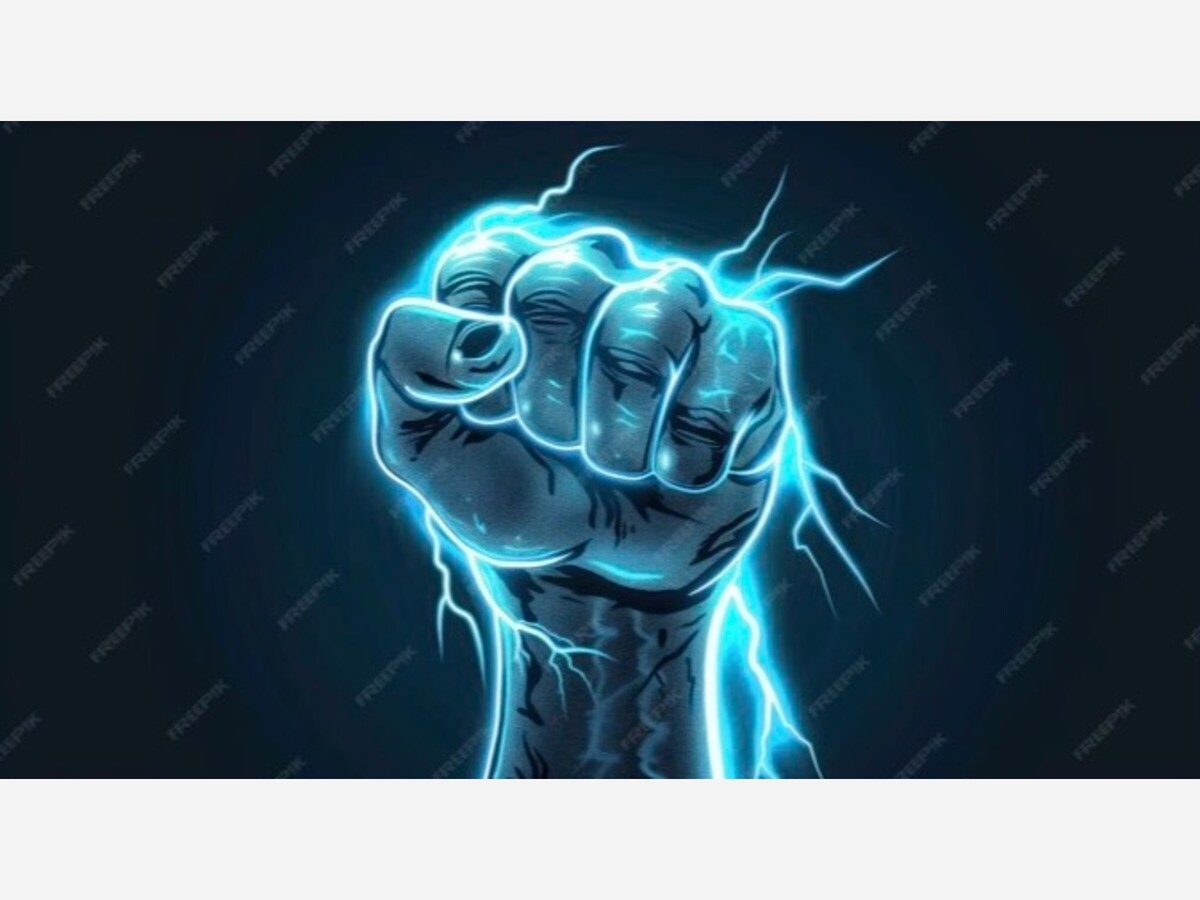Image

by Craig Bennett*
As I mentioned in a previous essay, in 2009, through a classified ad in the Appalachian Trail Conference Bulletin, I hooked up with a group of mostly New Englanders to spend a week hiking in the Carpathian Mountains of Romania’s Transylvania region. The trip was being offered by an interesting older gent who organized such excursions as a sort of hobby. One of the reasons I wanted to go was to see some of Europe that had remained much as it was between the two World Wars before it caught up with the western part of the continent; and the Transylvania region exuded the mystique of the evil Count Dracula, made famous (or infamous, really) by Bram Stoker’s sensational novel.
Which is why I was somewhat surprised to learn while there that the Count was actually a very popular ruler: he kept the Turks out. The Turks in those days were in the habit of making frequent incursions into Romania in the hope of expanding the territory they controlled. And Count Dracula had already cultivated among his own people a reputation for ruthless, sadistic punishments, usually well beyond what would have been justified by the offense. His favorite penalty, in fact, earned him his nickname: “Vlad the Impaler.”
He didn’t do all the impaling himself, of course; but his crew of impalers who did developed a particular talent at avoiding major organs so that, when the victim of their handiwork was put out on public display in the town square, he could continue to twitch and gurgle a little longer than usual as he hung there on his stake as a lesson to the populace.
There was even a sort of legend—apocryphal, most likely—that in one of the villages where the Count had taken up residence and established a court there was a solid gold drinking vessel that sat on the edge of the village well in the town square, unsecured by rope, chain, or anything else. Anyone could have picked it up and walked off with it any time at all. But no one ever did. Ever. Because everyone knew what would happen to him if he were caught far enough from the well with the golden vessel in his possession. Vlad was the ultimate law-and-order man. And he kept the Turks out.
But the Turks themselves had earned a fearsome reputation for merciless cruelty in their military campaigns; and they weren’t invading Dracula’s domain to pick the Romanians’ fruit, harvest their lettuce, clean their offices during the night-time hours, or work long hours in their huge corporate meat processing plants for substandard pay and no benefits. They were there to conquer—by force of arms. They were a real threat to the peace and safety of Dracula’s subjects. So fear of the Turks in those days was quite enough to persuade the average Romanian that Vlad the Impaler was indeed their savior, their protector—the only one who could keep the horrible Turks out of their homeland.
And this is what kept a ruthless and sadistic (and perhaps a bit mentally disturbed) ruler in absolute power, not only widely supported, but even revered and admired by his subjects: fear. And this fear depended on something of which Dracula was undoubtedly—even if subconsciously—aware. If you’re going to rule by fear, you need an enemy. Someone or something to inspire such fear in the people you want to control. And, although Dracula had a real threat with which to inspire fear, he was probably aware at some level that the threat didn’t necessarily have to be real; people just had to believe that it was. Hitler knew this. So did Lenin and his unintended successor, Stalin. Mao Zedong knew it, and so did Fidel Castro. These examples warned consistently of alleged threats of various kinds and varying degrees. But their historical importance as threats of any kind or degree lies not in their reality or lack thereof, but in the use that was made of them to accumulate power by the extravagantly ambitious leaders mentioned—who, to a man, turned out to be little more than ego-driven megalomaniacs who seized power and then set themselves up as rulers for life.
Fear is a powerful motivator. Unfortunately, it’s all to easy for a charismatic bully to create in a population and use to further his own limitless ambition to control anyone and everyone in whom he can manage to instill that fear. But, unfortunately, the trick still works. All the would-be dictator-for-life needs is a credible “enemy” whom he can use to stoke fear in the populace. Dracula made the people afraid—and they loved him for it.
* Craig H. Bennett, author of Nights on the Mountain and More Things in Heaven and Earth, available at amazon.com, barnesandnoble.com, and most book stores